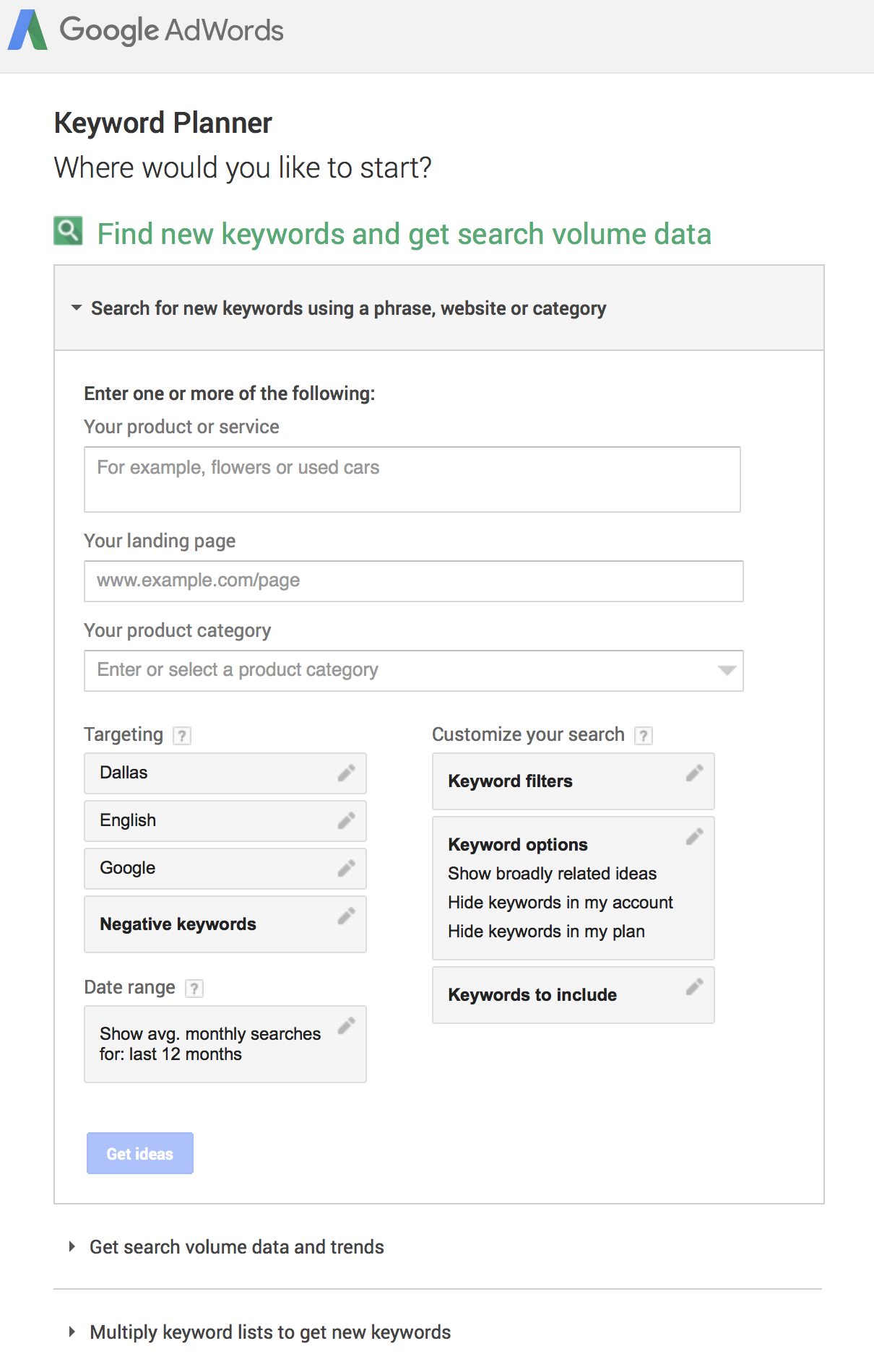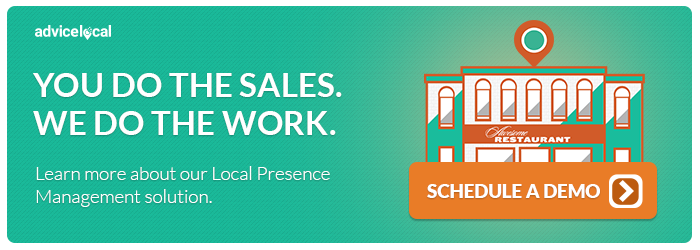I’ve enjoyed working through this DIY Audit series with you, but like all good things, it has to come to an end.
But First, Let’s Recap…
We started this journey in part one by defining what’s involved in an SEO audit. As a reminder, that’s technical SEO, on-page SEO, off-page SEO and today’s topic, which focuses on research and analysis.
In part two, we went all in and explored all the technicalities of technical SEO. I walked you through 15 components of the technical SEO audit you need to review to improve a business’ website and visitor experience.
Part three centered around optimization. We focused on keywords, content, internal linking and creating optimized location landing pages for brick-and-mortar businesses. While this part of the audit didn’t include as many technicalities as technical SEO, it definitely drilled into title tags, meta descriptions and image optimization.
The off-page SEO was no walk in the park either. Part four dissected how to audit a business’ backlink profile, use tools to determine which links were quality, how to disavow bad links through Google Search Console, and touched on auditing Google Business Profile (previously Google My Business), directories, and data aggregators. We rounded out the off-page SEO portion of the audit with reviews and social media.
Today, I’m covering a very important topic and the last post in this series. Ready?
How to Help Businesses Reach and Keep the Top Spot in Local Search
Competition for local businesses is stiff. Every day is a new day when it comes to local search placement. For a business to win the customer, they have to know their customer AND know their competition.
After completing the audit and implementing/correcting everything that was uncovered, you may find competitors are still holding the top search positions. Is there another hidden problem for the business? Maybe, but not necessarily. Most competitors are just as committed to a thorough SEO strategy, so they bring their A-game, too.
Next 7 Steps to Compete Locally Online
To improve the business’ search position, it’s time to increase SEO efforts. Let’s get started.
1. Competitive Analysis
The main aim of a competitive analysis is to gain a thorough understanding of optimization techniques used by competitors. The analysis looks at broad trends and individual actions.
Start by finding the keywords competitors are targeting and ranking for. The easiest approach is to use a tool like SEMrush that can reveal every search position a site currently has, the ranking page and monthly search volume.
Just a few of the things the competitive analysis includes is looking at their content and the keywords they focus on.
You did a technical audit on the business’ website in part four. Why not look at competitors, too? You can run the technical SEO audit for competitors as well. Use Screaming Frog to gain an insight into indexing, title tags and metadata on competitors’ websites.
A manual approach for this analysis would be to look through the pages on each competitor’s website. Assess the target keywords based on content and title tags, and find the keyword volume for the phrases by using Google Keyword Planner.
Don’t forget to analyze site structure, internal linking, outbound links, and anything else that could have a positive impact on SEO. Understanding the competition enables the business to make better strategic decisions relating to SEO.
2. Keyword Research
Perhaps the business determined their keywords during the site build. Keyword research is not a one-and-done process. This is an ongoing process because search terms experience fluctuations in popularity.
For local businesses, search volume can often be minimal for many terms, but you can combine keyword research from Google Keyword Planner and other tools with industry knowledge to master this. An audit of the keywords should provide an array of terms that the business can develop content around to offer new streams of traffic.

Don’t forget LSI when doing keyword research. Is this term new to you? LSI stands for Latent Semantic Indexing, an algorithmic method for understanding the relationships between different words and phrases, AKA synonyms.
Considering LSI when creating content can help Google clearly understand what a page is about. This can also lead to rankings across a range of keywords from a single piece of content. Look to Google Keyword Planner to build a list of LSI keywords.
3. Content Audit
Analyzing the content of the top-ranking competitor sites will reveal the type of content Google interprets that the searcher prefers. Different search terms require different content types, such as long articles, short answers, images, videos, or combinations of various media.
The aim is to find the type of content that is ranking well for competitor keywords and outperform it! Examine article word count, quality of images or infographics, presentation of content, uniqueness, and relationship to the search query. The goal is to enhance the current content on the business’ website to provide a better user experience than the existing results.
Google wants to provide the freshest content to searchers, particularly if there is any news or trending topics related to the subject. Unless the website is brand new, there is almost certainly content that could be updated.
Use Google Analytics to identify older content pieces on the business’ website that have seen a reduction in site traffic and rankings.

As shown above, here is an example of a piece of content that received a tremendous amount of traffic last year at this same time. But it has dropped significantly.
Revisiting this article and adding fresh content, removing outdated information and then sharing the update through the business’ social media channels could give it a boost in search.
While looking in Google Analytics notice what types of content receives more search traffic. Are they how-to’s, company news or FAQs? Pay attention to the themes of the articles, too. Then, create a plan to create more content of that type or content that relates to that specific topic. These must be traffic drivers, so creating more like it could definitely help the business to place higher in local search.
4. Use SEO Tools
Use tools like Ahrefs, Majestic, and SEMrush to find and analyze the backlink profiles of the business’ competitors. For local businesses, these links will include citations and local directories that can be easy to acquire.
Perhaps you reveal that the competitor sites outranking the business are focused heavily on citations and local directories. In this case, you’ll need to adapt the SEO strategies to focus on these linking tactics, targeting the sites used by competitors first plus any newly discovered additions that would help the business.
Be sure to keep quality over quantity in mind. If the competitor has a link from a low-quality directory, for instance, the business doesn’t necessarily need this link, too. If you need a refresher, we talked quite a bit about this topic in part four.
5. Directories, Data Aggregators and Maps
Submitting accurate business data to directories, data aggregators and mapping sources is a must-do. Optimizing these sources to include the business’ name, address and phone number (NAP) plus business description, business hours and images is necessary.
It also means finding where the business is already listed, and ensuring the data is correct ‑ especially NAP data. If you haven’t completed a Local Citation Audit recently for the business, here’s a how-to guide to walk you through it.
I can’t emphasis this enough – all directories are not created equal. Being listed by a low-quality directory can actually harm a business.
Examine map listings like Google Business Profile for competitors and the business if you haven’t already. Note the number of reviews, the use of keywords in the description and images. If the business you represent doesn’t have an optimized listing, fix it right away. Here’s a how-to for optimizing a Google Business Profile listing.
6. Reviews Matter
Who doesn’t rely on reviews today? Stats show that most of us do – and “most” here means over 90 percent. Review sites affect a business’ reputation and trust by consumers and search engines.
The goal is to get customers and fans to leave a review, so make it easy for them to do so. Include links on receipts, in emails and prominently on the business’ website. Featuring positive reviews from others on the business’ social media accounts and website will remind others to leave one, too.
Always reply to reviews, both positive and negative. The business should treat negative reviews as a customer service issue that needs to be resolved.
7. Social Sharing
Social media is an important part of SEO, too. As mentioned before, monitoring is important, but so is posting and social sharing.
The business needs site visitors sharing their page and post links. Don’t be shy with social button placement. Make sure they are visible and easy to use. Encouraging site visitors to subscribe and share is also necessary.
Posting content on social media sites consistently seems like a no brainer, but it still makes the bottom of the priority list. It’s not just about posting something, but having a strategy that gets engagement, drives site traffic and promotes the business’ products and services.
Don’t forget to look at what the business’ competitors are doing ‑ right and wrong. Learning from them provides an area of opportunity to help the businesses you represent.
The DIY SEO Audit is Finished, But There is Always More Work To Do
While this DIY SEO Audit Series is coming to an end, your work is definitely not. Always be on the lookout for additional on-page and off-page optimization opportunities. Continuing to provide the much-needed boost is what we do best!
Request a demo and learn how our partner solutions could be perfect for you!
This post is part five in the DIY SEO Audit series. Here are the links to our other posts:




